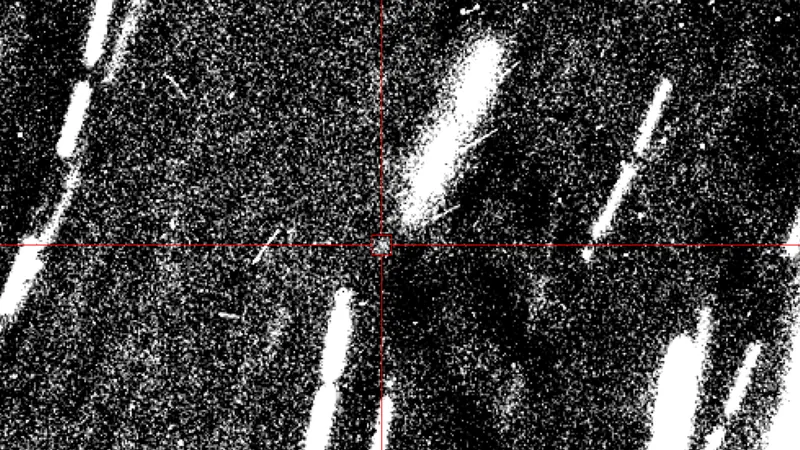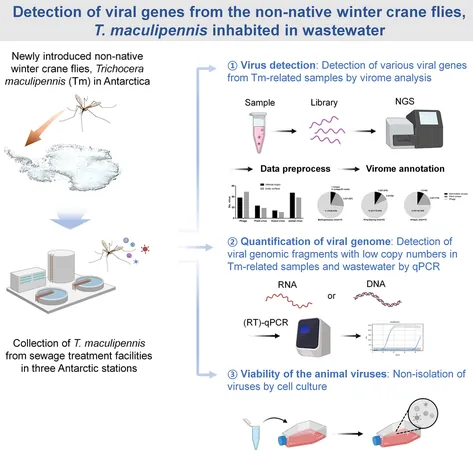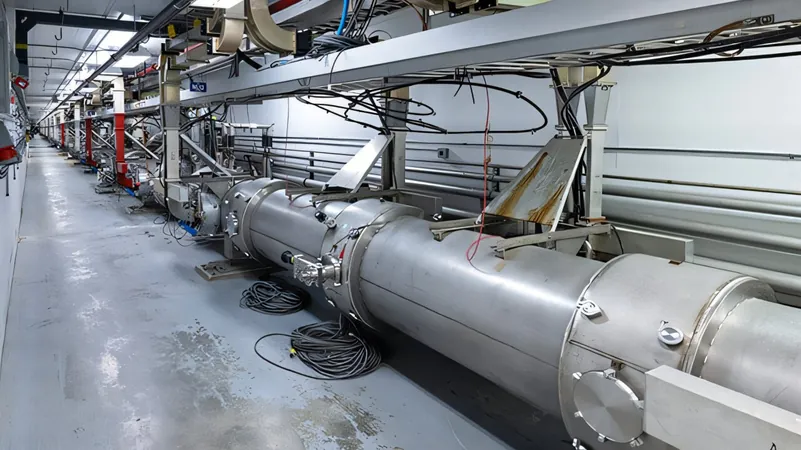
Farewell, Mini-Moon! Astronomers Capture Stunning Image of Earth's Temporary Visitor
2024-11-27
Author: John Tan
Introduction
In an exhilarating cosmic event, a temporary mini-moon that spent nearly two months orbiting Earth has successfully made its exit back into the solar system. The near-Earth asteroid, known as 2024 PT5, was photographed using the Two-Meter Twin Telescope (TTT) based in Santa Cruz de Tenerife, Spain.
Observation of 2024 PT5
Captured by Earth's gravitational pull on September 29, 2024, this small asteroid was monitored closely by a team of astronomers led by Carlos de la Fuente Marcos from the Universidad Complutense de Madrid. From the outset, scientists were aware that the mini-moon would only be a temporary guest, and the predicted departure was confirmed on November 25, 2024, when 2024 PT5 continued its journey toward the Arjuna asteroid belt.
Characteristics of the Mini-Moon
This asteroid, measuring approximately 37 feet in diameter—roughly the height of five stacked artificial Christmas trees—was not easily visible to the general public. However, that didn’t prevent scientists from eagerly studying its characteristics. Notably, the composition of 2024 PT5 suggests it may be debris from the moon itself, blasted into space by past asteroid impacts.
Images and Future Encounters
Following its departure, astronomer Miquel Serra-Ricart shared the latest images of 2024 PT5 captured from the TTT, marking the mini-moon's "send-off" with a stunning observation. However, the excitement doesn't end there! 2024 PT5 is slated to make a return on January 9, 2025, and this time it will come even closer to Earth, at a distance of approximately 1.1 million miles—less than five times the distance to the moon.
Expectations for the Next Return
Despite its proximity, 2024 PT5 will be traveling at an impressive speed of about 2,300 mph (3,700 kph), preventing it from falling under Earth’s gravitational influence again to serve as a second moon. But astronomers are not dismayed; they have their sights set on the future!
Looking Ahead
Although 2024 PT5 will return again in 2055, it will not become a temporary satellite of Earth. Recent orbital calculations indicate that during this next encounter, the asteroid will still remain at a distance of over 3.3 million miles (5.3 million kilometers) from our planet—far beyond the range required for gravitational capture.
Conclusion
As we bid farewell to our mini-moon, scientists remain vigilant for future flybys and unexpected celestial visitors, reminding us of the dynamic and ever-changing nature of our solar system. So, keep your telescopes ready because you never know what exciting discoveries await us in the cosmos!




 Brasil (PT)
Brasil (PT)
 Canada (EN)
Canada (EN)
 Chile (ES)
Chile (ES)
 España (ES)
España (ES)
 France (FR)
France (FR)
 Hong Kong (EN)
Hong Kong (EN)
 Italia (IT)
Italia (IT)
 日本 (JA)
日本 (JA)
 Magyarország (HU)
Magyarország (HU)
 Norge (NO)
Norge (NO)
 Polska (PL)
Polska (PL)
 Schweiz (DE)
Schweiz (DE)
 Singapore (EN)
Singapore (EN)
 Sverige (SV)
Sverige (SV)
 Suomi (FI)
Suomi (FI)
 Türkiye (TR)
Türkiye (TR)